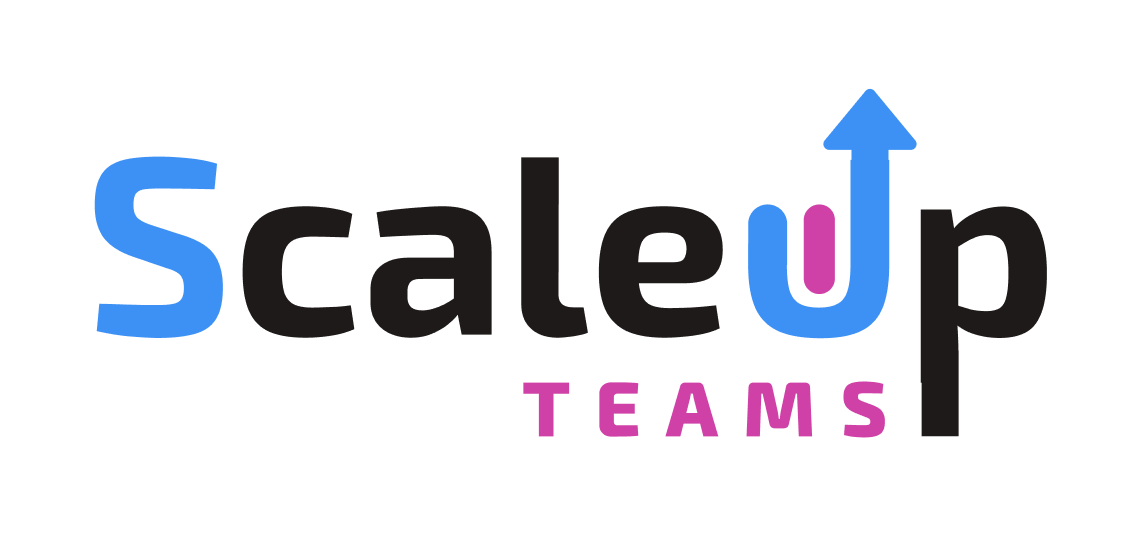Hiring a virtual assistant instead of a regular employee can reduce your staffing costs by up to 80%. That saving isn’t just in wages—it’s in everything you don’t have to pay for. Here’s how the numbers break down.
How you can save up to 80% in costs by hiring a VA
1. Direct wage savings
Virtual assistants provide direct wage savings because their hourly rates are typically much lower than those of regular employees performing similar tasks. VA rates can start as low as $12–$14 per hour, compared to significantly higher rates required for local staff in countries like the United States or Australia.
Case example: hourly wage comparison for an admin employee vs admin virtual assistant
The average U.S. administrative employee costs around $30–$35 per hour once you include salary, superannuation, payroll tax, and insurances.
A skilled offshore virtual assistant can handle the same type of admin for $6–$8 per hour. That’s a 75–80% reduction in base cost.
Even U.S.-based VAs, who charge between $20–$40/hour, often remain cheaper overall because they don’t come with the same overheads.
(Sources: Bureau of Labor Statistics, OnlineJobs.ph Salary Guide)
2. No overhead or benefits
Virtual assistants are engaged as independent contractors, meaning employers are not responsible for the additional costs typically associated with full-time employees. These costs can significantly increase the total expense of hiring in-house staff.
For instance:
- Health insurance: In 2023, the average annual premium for employer-sponsored health insurance was approximately $8,435 for single coverage and $23,968 for family coverage. (NPA Benefits)
- Office space: In major U.S. cities, the cost of office space per employee can be substantial. For example, in New York City, it averages around $14,800 per employee annually. (PriceItHere.com)
- Employee benefits: On average, benefits constitute about 30% of an employee’s total compensation. (SalaryCube)
By hiring a virtual assistant, businesses can avoid these additional expenses, paying solely for the work performed. This structure offers a more cost-effective solution compared to traditional in-house hiring.
3. Pay only for productive hours
Unlike traditional employees, who are paid for a full shift regardless of workload, virtual assistants are paid only for the hours or tasks they complete. With an employee, you cover downtime, breaks, unproductive periods, and paid leave—all built into their wage structure. Studies show that the average office worker is productive for just 2.5–3 hours of an eight-hour day. With a VA, you pay solely for actual productive work, meaning your staffing budget goes further and you get better value for every dollar spent.
| Factor | Regular Employee | Virtual Assistant (Scale Up Teams) |
|---|---|---|
| Total hours paid | 40 hours weekly | 40 hours (part-time) or 80 hours (full-time) monthly |
| Productive hours per week | 10–12 hours | 40–80 hours (100% of billed time productive) |
| Efficiency | ~25–30% of paid time productive | 100% of paid time productive |
4. Reduced recruitment and training costs
Hiring a virtual assistant saves significant time and cost compared to recruiting a traditional employee. Finding, interviewing, and onboarding a new employee can take 30 to 40 days on average and involve expenses for job ads, recruiter fees, and HR administration (Glassdoor Study).
By contrast, many VAs are available immediately and come pre-screened through platforms like Upwork, Freelancer, or OnlineJobs.ph. They often specialise in specific tasks or industries, reducing the need for extensive onboarding or additional skills training. Instead of weeks spent onboarding, most VAs can be briefed and operational within a few days.
This faster turnaround reduces downtime, cuts recruitment costs, and gives businesses greater flexibility to scale resources as needed—without the overhead or delays that come with traditional hires.
5. Turnover costs
Replacing a full-time employee is an expensive and time-consuming process. Studies show it can cost approximately 33% of an employee’s annual salary to find and onboard a replacement (Employee Benefits News Study).
These costs include:
- Advertising and recruitment expenses
- Time spent screening and interviewing candidates
- Lost productivity during the vacancy period
- Time and resources spent training the new hire
For small businesses, employee turnover can have a major impact on both budgets and operations.
By contrast, replacing a virtual assistant is faster, easier, and far less expensive. If a VA relationship is not the right fit or your needs change, you simply stop the engagement and bring on a new VA. There are no severance payments, lengthy notice periods, or extended downtime.
At Scale Up Teams, we also offer a free replacement guarantee. If your assigned VA is not meeting your needs, we will source and replace them at no additional cost — giving you complete flexibility and peace of mind without the financial risks that come with traditional hiring.
At a glance: virtual assistant vs employee costs
| Cost Factor | Regular Employee | Virtual Assistant |
|---|---|---|
| Hourly wage | Higher | Lower (up to 80% less) |
| Benefits (health, retirement) | Employer pays | Not required |
| Office space & equipment | Employer provides | Not required |
| Paid leave | Employer pays | Not required |
| Pay for downtime | Yes | No, pay only for work |
| Recruitment / onboarding | Higher | Lower |
| Turnover costs | High (approx. 33% of salary) | Minimal (free replacement guarantee) |
Why these savings matter for different types of businesses
The financial savings of hiring a virtual assistant over a regular employee are not just about reducing costs — they create real strategic advantages across different types of businesses.
1. Small businesses and SMEs
For small businesses and SMEs, managing overheads is critical to long-term success. Lower staffing costs mean you can reinvest in growth activities like marketing, product development, or expanding your service offerings. Reducing fixed salary obligations also makes it easier to stay agile during slower periods.
2. Startups
Startups operate in fast-paced environments where cash flow and runway are everything. Hiring a virtual assistant allows startups to access professional support without burning through limited funding on full-time salaries, benefits, and office space. This flexibility helps startups scale operations faster and extend their financial runway.
3. Entrepreneurs
Entrepreneurs often wear multiple hats. Delegating admin, customer service, marketing support, or operational tasks to a virtual assistant frees up valuable time, allowing entrepreneurs to stay focused on strategic growth, product development, and building partnerships — the activities that directly drive revenue.
4. Executives
For executives leading larger teams or divisions, virtual assistants provide flexible support without the administrative burden of managing additional full-time staff. Whether it’s calendar management, executive reporting, or project support, a VA helps executives maximise productivity while keeping headcount and operational costs lean.
Making the right choice for your business
Hiring a virtual assistant is one of the most effective ways to reduce staffing costs without compromising on quality. When you consider the lower hourly rates, the absence of overheads and employee benefits, the ability to pay only for productive hours, and the faster, more efficient hiring process, the savings add up quickly—often reaching up to 80% compared to a regular employee.
For businesses looking to scale efficiently, improve flexibility, and stay focused on results, virtual assistants offer a smarter, more cost-effective alternative to traditional hiring.
If you are ready to reduce overhead and unlock greater efficiency, hiring a virtual assistant could be the next strategic move for your business. Contact us today to find and hire the right VA for your business.



